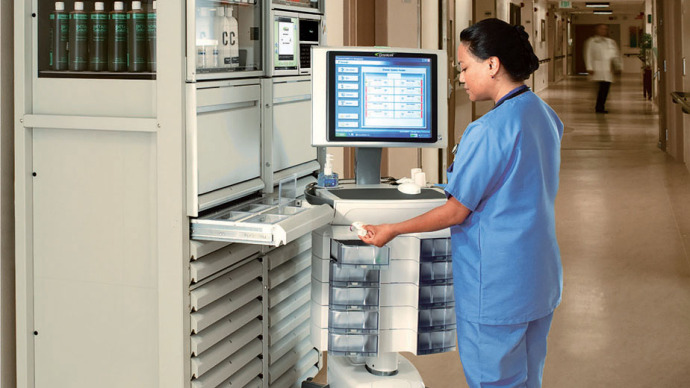Human error is a huge risk factor in patient care. While steps have been taken to curb this, there still are errors that need to be addressed and monitored. While prescribing certain medicines to the patient, the EMR has been proved to help reduce errors at the bedside.
The ‘unit dose’ that was the norm when the previous method of medication was used had little to no error, because a one ward had a particular type of medication only. But this also had its own points for which newer technologies were opted. This basically needs the attention of the nurse all the time. So, if the nurse did something wrong, the whole ward would suffer. The most expensive of all is how the ‘unit dose’ is provided by technicians or robots of a pharmacy.
The Automated Dispensing Cabinet or the ADCs have helped in curbing this problem. These automated cabinets are at the patients’ bed side which automatically provides with the medicine that the patient must have at that point of time. Some of these also help the nurse find the right medicine by making the nurse understand which one is the right drawer for the medicine that has to be taken by the patient at that point of time.
While this method has proved to be beneficial, chances of mistakes remain. The machines must be checked at all times in order to reduce the error. This also has a risk as much as the man made techniques.
The main problem is interruption. If the nurse has to endure interruptions while performing her job, they might make grave mistakes. The machines use a tiny camera to monitor the medicines that are kept at the bed side. This reduces the risk of having totally different medicines that what is prescribed. Thus, the ADCs and nurses have to work hand in hand in order to ensure complete error free service.


